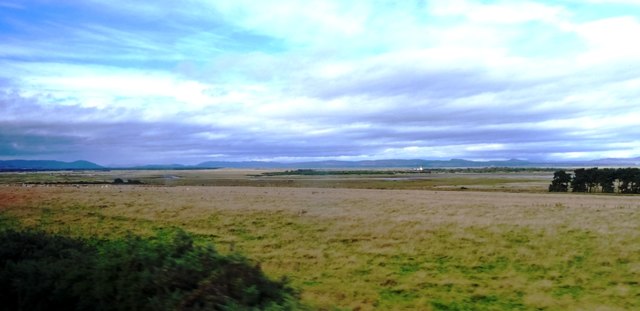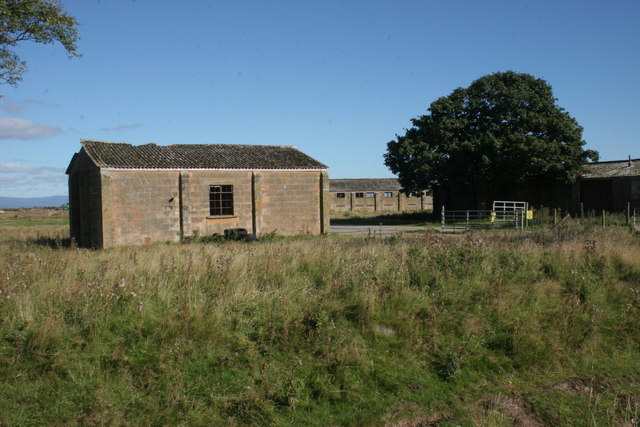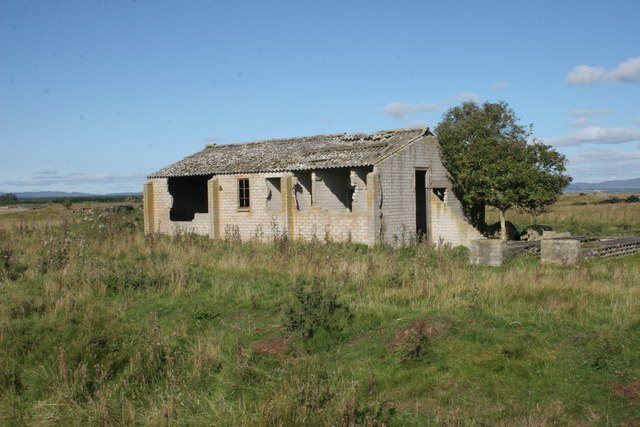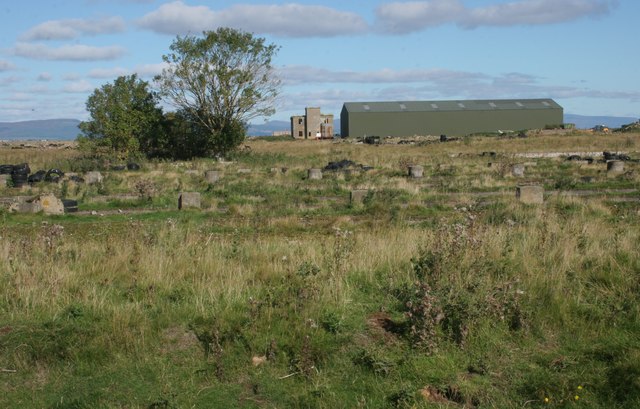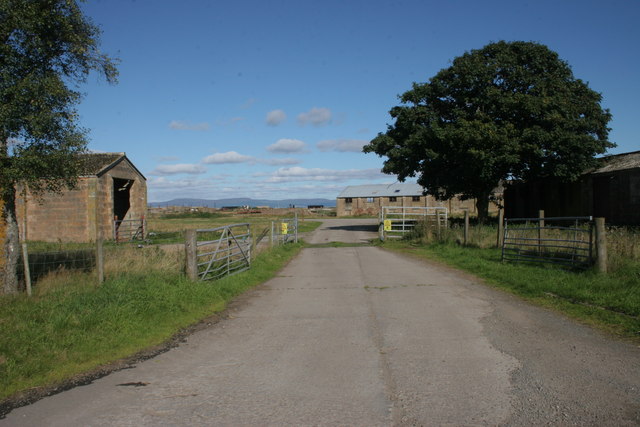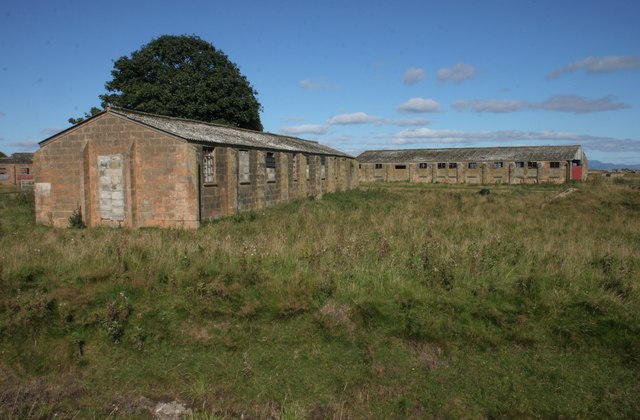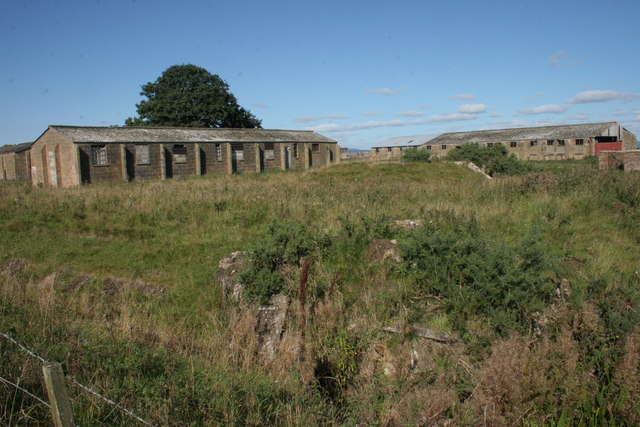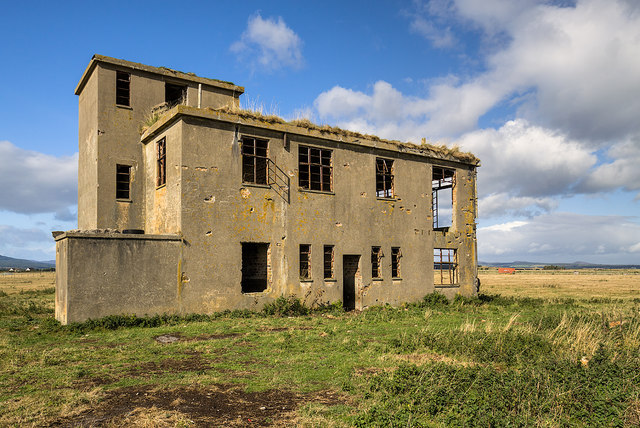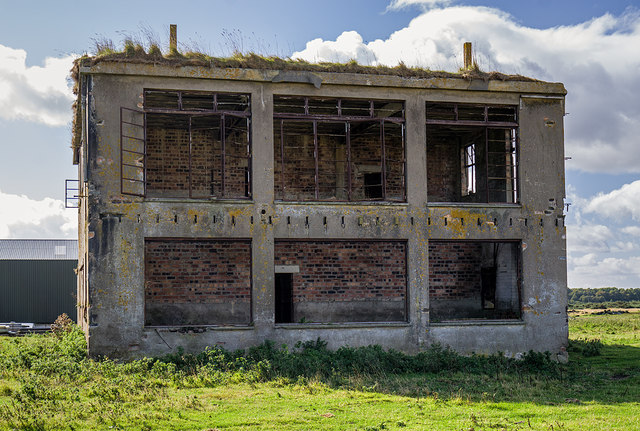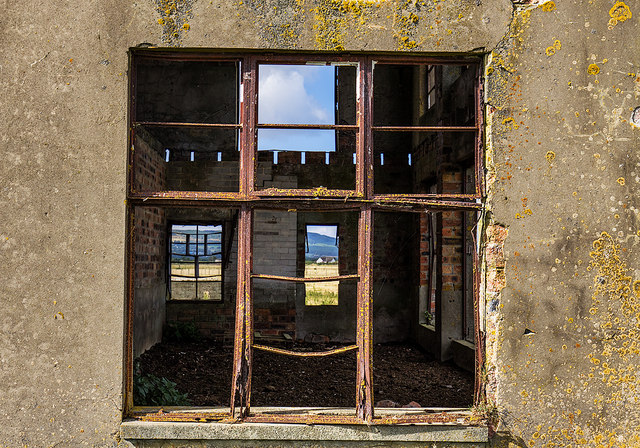Newton
Settlement in Inverness-shire
Scotland
Newton

Newton is a small village located in the Scottish Highlands, specifically in the region of Inverness-shire. Situated approximately 8 miles southeast of the city of Inverness, Newton is nestled along the banks of the River Nairn.
The village is known for its picturesque surroundings, with rolling hills and stunning landscapes that attract nature lovers and outdoor enthusiasts. The area offers a range of outdoor activities, including hiking, mountain biking, and fishing, thanks to its proximity to the Cairngorms National Park.
In terms of amenities, Newton has a few local businesses, including a small convenience store, a post office, and a traditional pub. For more extensive shopping and dining options, residents often travel to nearby Inverness.
Historically, Newton was a hub for the local farming community, and remnants of this agricultural heritage can still be seen today. The village is also home to a charming 19th-century church, which adds to its quaint and rustic appeal.
Due to its proximity to Inverness, Newton benefits from excellent transportation links. The A9 road runs nearby, connecting the village to the rest of the Highlands and the wider road network. Inverness Airport is approximately a 25-minute drive away, providing convenient access to domestic and international destinations.
Overall, Newton offers a peaceful and scenic setting, making it an ideal place for those seeking a tranquil rural lifestyle while still having access to nearby amenities and the vibrant city of Inverness.
If you have any feedback on the listing, please let us know in the comments section below.
Newton Images
Images are sourced within 2km of 57.804957/-3.9431913 or Grid Reference NH8481. Thanks to Geograph Open Source API. All images are credited.
![Old buildings, Royal Air Force Station, Tain Airfield These long-deserted buildings form part of what is known as the &#039;Technical Site&#039; of the airfield. See Canmore for more details [<span class="nowrap"><a title="https://canmore.org.uk/site/109495/tain-airfield-royal-air-force-station-technical-site" rel="nofollow ugc noopener" href="https://canmore.org.uk/site/109495/tain-airfield-royal-air-force-station-technical-site">Link</a><img style="margin-left:2px;" alt="External link" title="External link - shift click to open in new window" src="https://s1.geograph.org.uk/img/external.png" width="10" height="10"/></span>].](https://s0.geograph.org.uk/geophotos/05/54/49/5544964_453ee90e.jpg)
![Old buildings, Royal Air Force Station, Tain Airfield These long-deserted buildings form part of what is known as the &#039;Technical Site&#039; of the airfield. See Canmore for more details [<span class="nowrap"><a title="https://canmore.org.uk/site/109495/tain-airfield-royal-air-force-station-technical-site" rel="nofollow ugc noopener" href="https://canmore.org.uk/site/109495/tain-airfield-royal-air-force-station-technical-site">Link</a><img style="margin-left:2px;" alt="External link" title="External link - shift click to open in new window" src="https://s1.geograph.org.uk/img/external.png" width="10" height="10"/></span>].](https://s1.geograph.org.uk/geophotos/05/54/50/5545013_e3e26b29.jpg)
![Old buildings, Royal Air Force Station, Tain Airfield These long-deserted buildings form part of what is known as the &#039;Technical Site&#039; of the airfield. See Canmore for more details [<span class="nowrap"><a title="https://canmore.org.uk/site/109495/tain-airfield-royal-air-force-station-technical-site" rel="nofollow ugc noopener" href="https://canmore.org.uk/site/109495/tain-airfield-royal-air-force-station-technical-site">Link</a><img style="margin-left:2px;" alt="External link" title="External link - shift click to open in new window" src="https://s1.geograph.org.uk/img/external.png" width="10" height="10"/></span>]. A local farmer now uses one of the buildings to store his straw bales.](https://s3.geograph.org.uk/geophotos/05/54/50/5545019_af7146a3.jpg)
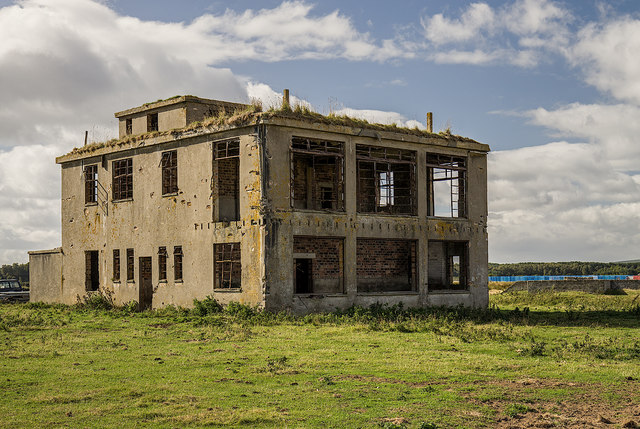
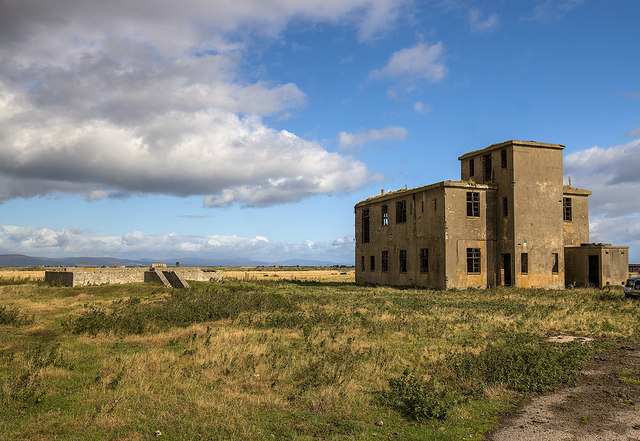
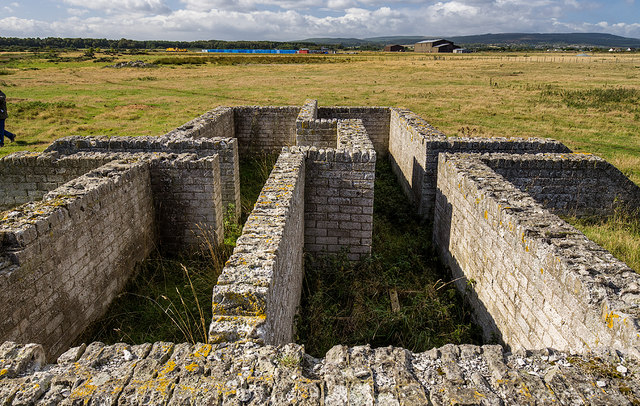
Newton is located at Grid Ref: NH8481 (Lat: 57.804957, Lng: -3.9431913)
Unitary Authority: Highland
Police Authority: Highlands and Islands
What 3 Words
///hairspray.stitch.contacts. Near Balintore, Highland
Related Wikis
Loch Slin Castle
Loch Slin Castle (sometimes spelt Lochslin) is a ruined castle near Fearn, Highland, Scotland. From the 15th to 17th centuries it was the seat of the Vass...
Lochslin
Lochslin (Scottish Gaelic: Loch Slinn) is a small hamlet, situated northeast of the fresh water loch, Loch Eye in Tain, Ross-shire, Scottish Highlands...
Tain Air Weapons Range
Tain Air Weapons Range is a Ministry of Defence air weapons range on the Dornoch Firth near Tain in Scotland. Royal Air Force aircrews from RAF Lossiemouth...
Loch Eye
Loch Eye is a shallow freshwater loch, located close to the east coast of Scotland between the Moray Firth, Dornoch Firth and Cromarty Firth. Covering...
Nearby Amenities
Located within 500m of 57.804957,-3.9431913Have you been to Newton?
Leave your review of Newton below (or comments, questions and feedback).
